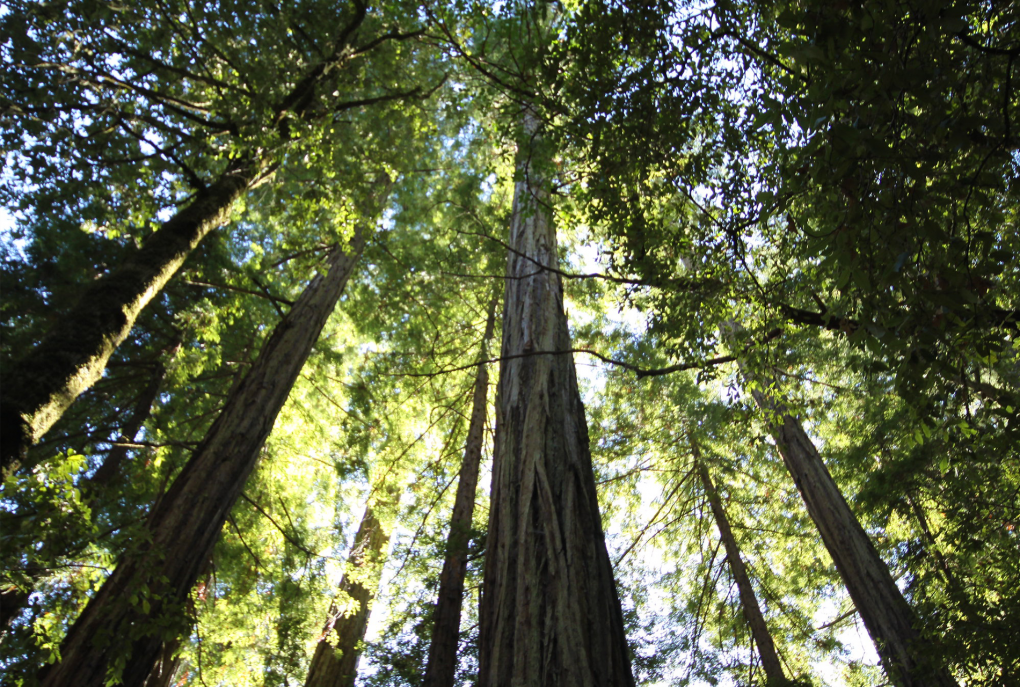When the massive CZU Lightning Complex fire began sweeping through California’s oldest state park last week, it was feared many trees in a grove of old-growth redwoods — some of them 2,000 years old and among the tallest living things on Earth — may finally have succumbed.
But an Associated Press reporter and photographer hiked the renowned Redwood Trail at Big Basin Redwoods State Park on Monday, and said most of the ancient redwoods he observed appeared to have withstood the blaze. Among the survivors is one dubbed Mother of the Forest.
“That is such good news, I can’t tell you how much that gives me peace of mind,” said Laura McLendon, conservation director for the Sempervirens Fund, an environmental group dedicated to the protection of redwoods and their habitats.
Redwood forests are meant to burn, she said, so reports earlier this week that the state park in the Santa Cruz mountains was “gone” were misleading.
